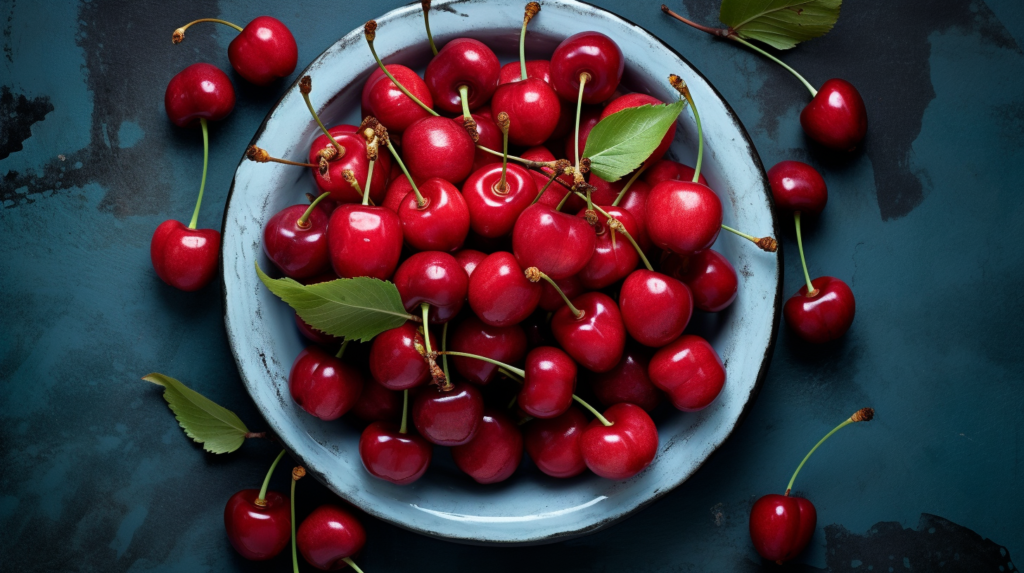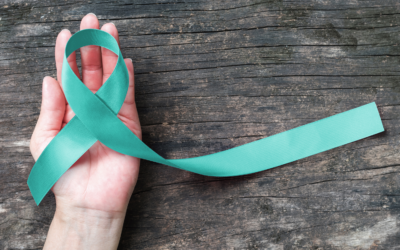The Natural Trio: Tart Cherry, Celery Seed, and Chanca Piedra – Your Allies in Joint Health and Uric Acid Balance
The path to holistic health often leads us to nature’s bounty. Three such natural marvels – tart cherry, celery seed extract, and chanca piedra extract – offer a potential triad of benefits, particularly in the realm of joint health and uric acid balance. As active women between 25 and 40 continue to prioritize health and fitness, understanding these supplements is vital.
1. Tart Cherry: A Potent Health Ally
Beyond being a kitchen favorite, tart cherries are gaining recognition in the wellness community.
1.1. The Science of Joint Health
Inflammation is often the villain behind joint discomfort. For those leading active lifestyles, managing inflammation becomes even more essential. Tart cherries are rich in anthocyanins, potent antioxidants known for their anti-inflammatory properties1. In a study conducted by the Oregon Health & Science University, researchers found that consuming tart cherry juice can reduce inflammation and the symptoms of muscle damage among athletes2.
1.2. Tackling Uric Acid
High uric acid levels can lead to conditions like gout. A study published in the Journal of Nutrition highlighted tart cherry’s potential in reducing uric acid levels, making it a potential natural remedy3.
2. The Might of Celery Seed Extract
Beyond seasoning, celery seeds have long been used in traditional medicine for various benefits.
2.1. Addressing Inflammation
Celery seeds have a rich profile of anti-inflammatory agents. Notably, the compound luteolin in celery seeds has shown potential in reducing inflammation4. A 2017 review in Frontiers in Pharmacology explored luteolin’s efficacy in counteracting inflammatory arthritis, highlighting its potential benefits for joint health5.
2.2. Balancing Uric Acid
A study in the Journal of Ethnopharmacology emphasized celery seed’s potential in modulating uric acid levels, further solidifying its place in this health triumvirate6.
3. Chanca Piedra Extract: An Ancient Remedy
Traditionally used in South American remedies, chanca piedra’s reputation as a ‘stone breaker’ speaks to its health benefits.
3.1. Uric Acid Dynamics
Chanca piedra’s influence on uric acid balance has garnered attention. Preliminary research indicates its effectiveness in maintaining uric acid levels7. A study in the Brazilian Journal of Medical and Biological Research emphasized chanca piedra’s role in modulating uric acid crystallization8.
4. A Trio in Harmony: Exploring Synergistic Benefits
When combined, could these three ingredients create a powerhouse formula?
Research directly exploring the combined effects of tart cherry, celery seed, and chanca piedra remains in nascent stages. However, considering their individual benefits, one might hypothesize a synergistic relationship. With their complementary anti-inflammatory properties and uric acid-regulating potentials, the trio might offer comprehensive support for joint health.
The combined use may maximize benefits: tart cherries and celery seeds each present a unique approach to inflammation, potentially reinforcing each other’s effects. Similarly, chanca piedra and celery seed extracts could offer dual protection against elevated uric acid levels.
Conclusion
For active women between 25 and 40, the combined promise of tart cherry, celery seed extract, and chanca piedra extract could pave the way for sustained health and activity. However, as with all supplements, consultation with a healthcare professional is paramount.
Footnotes
- Bell PG, McHugh MP, Stevenson E, Howatson G. The role of cherries in exercise and health. Scandinavian Journal of Medicine & Science in Sports. 2014;24(3):477-490. ↩
- Connolly DA, McHugh MP, Padilla-Zakour OI. Efficacy of a tart cherry juice blend in preventing the symptoms of muscle damage. British Journal of Sports Medicine. 2006;40:679-683. ↩
- Jacob RA, Spinozzi GM, Simon VA, et al. Consumption of cherries lowers plasma urate in healthy women. The Journal of Nutrition. 2003;133(6):1826-1829. ↩
- Imran M, Rauf A, Abu-Izneid T, et al. Luteolin, a flavonoid, as an anticancer agent: A review. Biomedicine & Pharmacotherapy. 2019;112:108612. ↩
- Xiaomeng Hu, Tian Tian, Jianzhang Wu, & Yipin Zhang. Exploring the Anti-inflammatory Activity of Luteolin in Experimental Animals. Frontiers in Pharmacology. 2017; 8: 104. ↩
- Mencherini T, Cau A, Bianco G, Della Loggia R, Aquino RP, Autore G. An extract of Apium graveolens var. dulce leaves: structure of the major constituent, apiin, and its anti-inflammatory properties. Journal of Pharmacy and Pharmacology. 2007;59(6):891-897. ↩
- Freitas AM, Schor N, Boim MA. The effect of Phyllanthus niruri on urinary inhibitors of calcium oxalate crystallization and other factors associated with renal stone formation. BJU International. 2002;89(9):829-834. ↩
- Barros, M.E., Lima, R., Mercuri, L.P., Matos, J.R., Schor, N., & Boim, M.A. Effect of extract of Phyllanthus niruri on crystal deposition in experimental urolithiasis. Brazilian Journal of Medical and Biological Research. 2006;39(12):1605-1610. ↩



